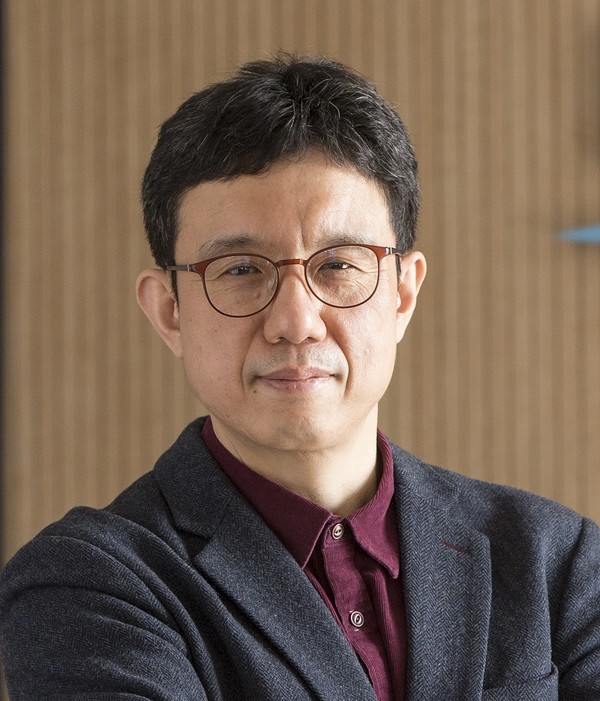The Korea Advanced Institute of Science and Technology (KAIST) said its research team, alongside several university hospitals, has jointly developed a self-evolutionary artificial intelligence (AI) algorithm to improve the automated reading of X-ray images .

In collaboration with Seoul National University Hospital, Asan Medical Center, Chungnam National University Hospital, and Yeungnam University Hospital, the KAIST team has improved the screening accuracy by providing more data to the algorithm for examining lung diseases such as tuberculosis, pneumothorax, and Covid-19 using chest X-ray images.
According to KAIST, most current medical AI techniques are based on supervised learning, in which experts use large amounts of labels for the model to improve. However, obtaining large amounts of data labeled by experts in the clinical field is costly and time-consuming.
KAIST Professor Ye Jong-chul's team developed a distillation for self-supervised and self-train learning (DISTL) artificial intelligence algorithm. They used knowledge distillation techniques, which involve self-learning and teacher-student knowledge transfer techniques, to mimic the process of video reading at hospital sites.
Consequently, the proposed AI algorithm showed that if the initial model is trained with only a small number of label data, the model can improve its performance on its own with only label-free data that accumulates over time.
Considering that obtaining refined labels from radiologists is a frequent problem regardless of imaging modality, together with the shortage of radiologists in low-income and developing countries where various infectious diseases are prevalent, the self-evolving AI model is expected to improve diagnostic accuracy greatly.
"The non-supervised DISTL model managed to overcome the problem of continuously obtaining expert data labels that previous supervised models entailed, thereby reducing the cost and effort of creating labels for AI learning by experts," Professor Ye said. “We expect to use our algorithm in other imaging modalities in the future.”
The study results were published in Nature Communications on July 4.

